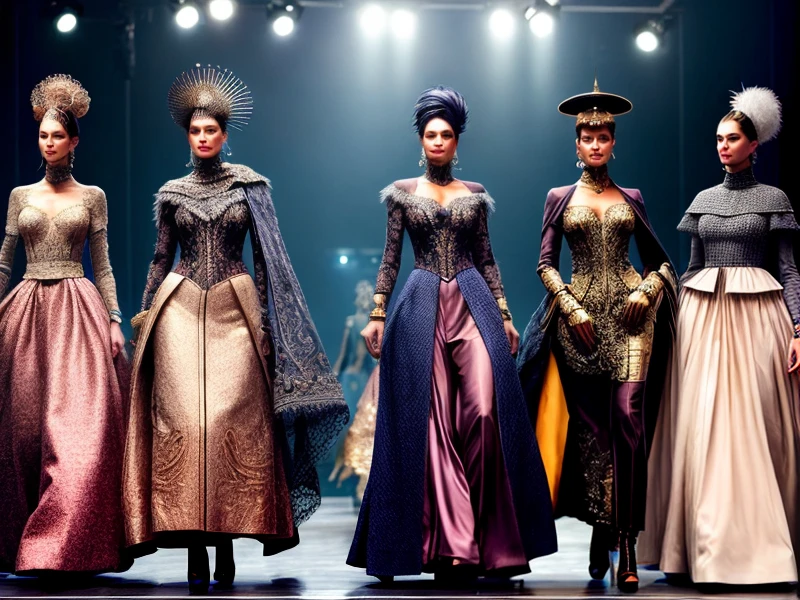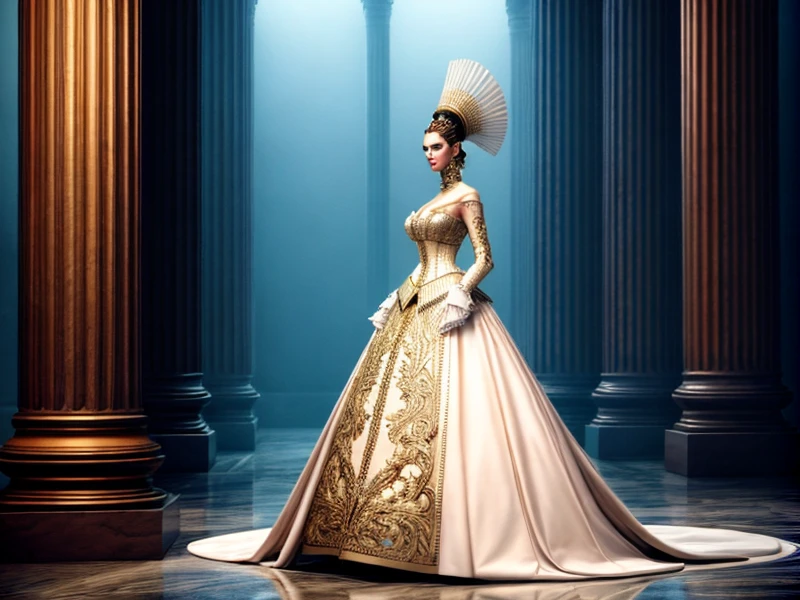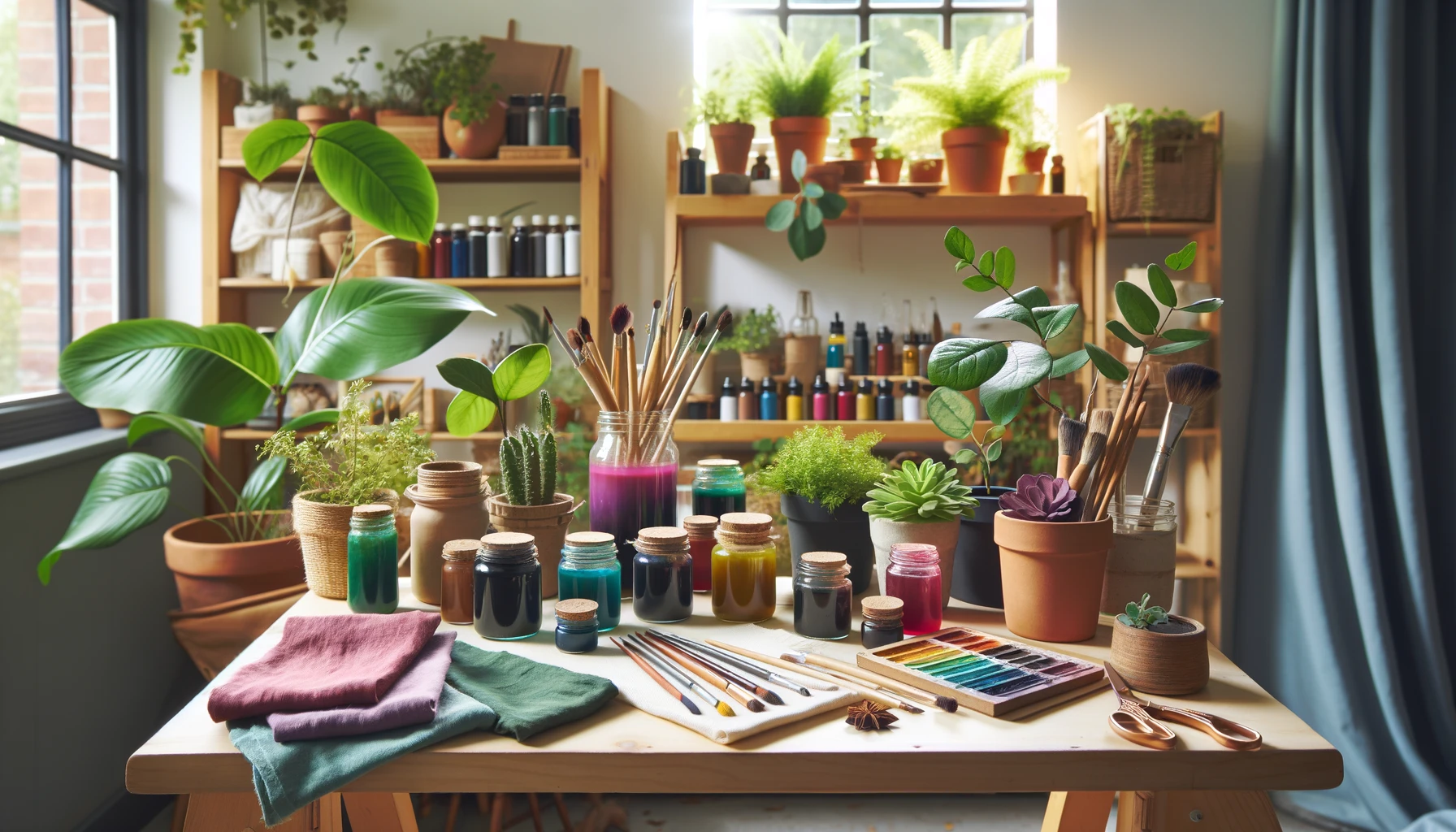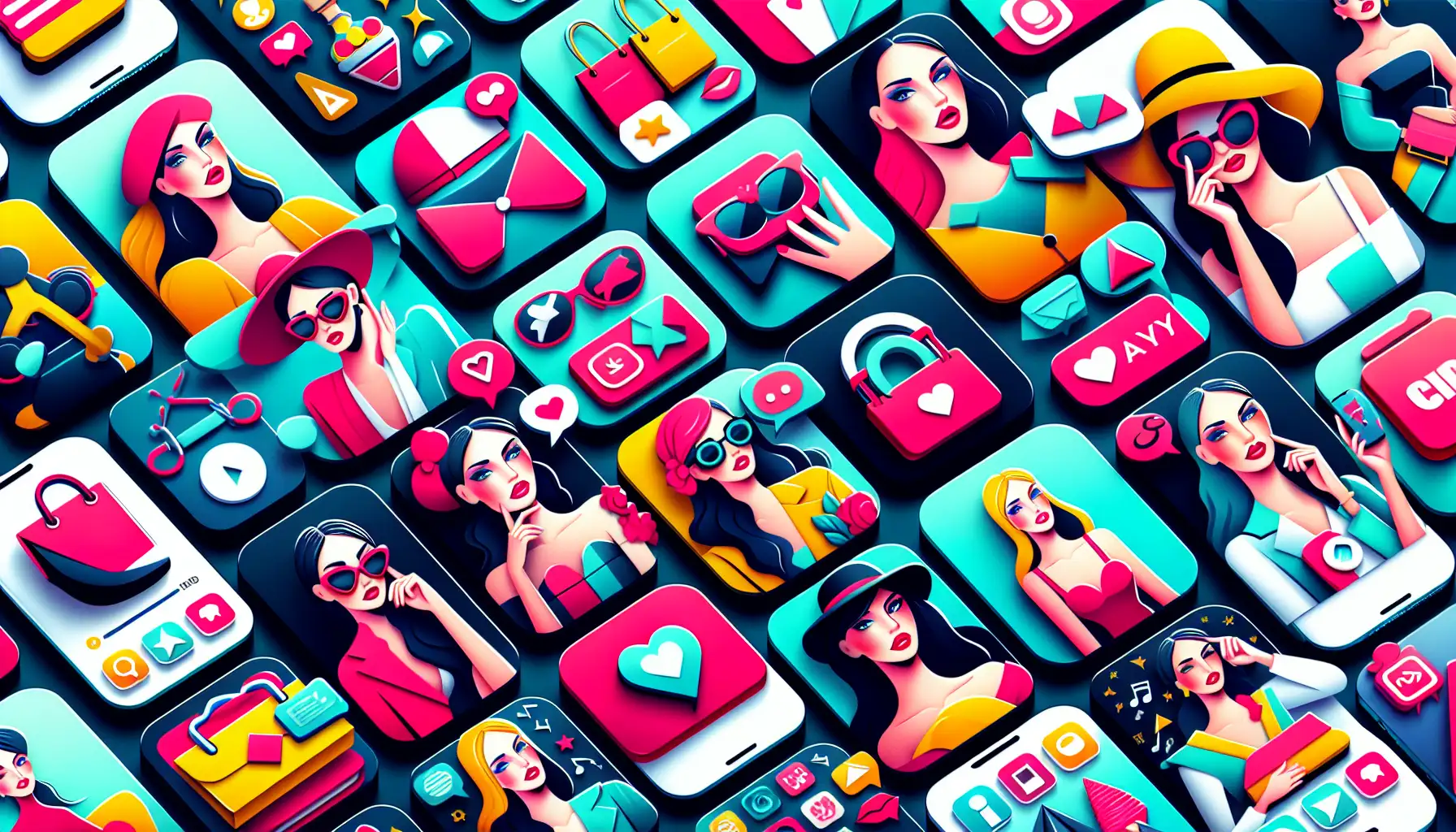A Brief History of Fashion: From Ancient Times to Modern Trends
Fashion is more than just clothing; it is a reflection of the society we live in, an art form that allows individuals to express themselves and their culture. Over the centuries, fashion has evolved and transformed, taking inspiration from various eras and cultures. From the opulence of ancient civilizations to the simplicity of modern trends, the history of fashion paints a vivid picture of our ever-changing world.
Fashion in Ancient Times
In ancient civilizations, fashion played a significant role in differentiating social classes and expressing cultural beliefs. Ancient Egyptians showcased their status through elaborate garments made from linen, while ancient Greeks emphasized the beauty of the human body through draped clothing. The Romans embraced luxury and displayed their wealth through intricate clothing and accessories.

The Middle Ages and Renaissance
During the Middle Ages, fashion became intertwined with religion and feudalism. Nobles wore elaborate garments embellished with fur, jewels, and intricate embroidery, while peasants dressed in simple, practical attire. The Renaissance period brought a rebirth of art, culture, and fashion. It introduced more fitted and structured garments, with styles influenced by the flourishing arts and discoveries of the time.
Fashion in Modern Times
The modern era witnessed significant changes in fashion as society moved toward industrialization and globalization. The 19th century saw the rise of haute couture in France, with designers like Charles Frederick Worth pioneering innovative designs and setting fashion trends. The early 20th century brought revolutionary changes in women's fashion, with the emergence of Coco Chanel and her designs that challenged the traditional corseted silhouette.

As the 20th century progressed, fashion became more accessible to the masses, thanks to the rise of ready-to-wear clothing and the influence of popular culture. The 1920s saw the liberation of women's fashion as flapper dresses and shorter hemlines became popular. The post-war period of the 1950s embraced femininity and elegance, with Christian Dior's New Look revolutionizing women's fashion.
In the 1960s, fashion took a radical turn with the youth-driven counterculture movement. The hippie style emphasized freedom, individuality, and non-conformity, with tie-dye shirts, bell-bottoms, and flower crowns becoming iconic symbols of the era. The 1980s witnessed a fusion of various styles, including punk, new wave, and power dressing, as fashion became an expression of personal identity.
Modern Fashion Trends and the Role of Designers
In the present day, fashion trends are ever-evolving, influenced by cultural, social, and technological changes. The role of a fashion designer has become crucial in shaping these trends and creating innovative designs that resonate with consumers. From high-end fashion houses to independent designers, each plays a unique role in setting trends that trickle down to ready-to-wear brands and fast fashion retailers.
To become a successful fashion designer, one needs a combination of talent, creativity, and determination. Fashion design schools, internships, and hands-on experience are common pathways to enter the industry. Additionally, keeping up with current trends, understanding consumer needs, and embracing sustainable practices have become essential for designers to thrive in this competitive field.
Fashion is a dynamic entity that constantly evolves with the changing times. The history of fashion highlights the influence of culture, technology, and societal shifts on clothing styles and trends. From ancient civilizations to modern designers, fashion has transcended mere functionality and transformed into an art form that reflects the society we live in. Embracing the past while looking to the future, fashion continues to be a powerful tool for self-expression and cultural representation.
Latest news

A Fashion Trip in France With Location Tracking Apps

DIY Fashion: Transform Old Clothes Into Trendy New Pieces

The Power Of Plants: How Flora Can Influence Your Fashion Choices

How AI is Revolutionizing Sustainable Fabric Production

Mastering Wardrobe Styling with Top Mobile Lookbook Apps

